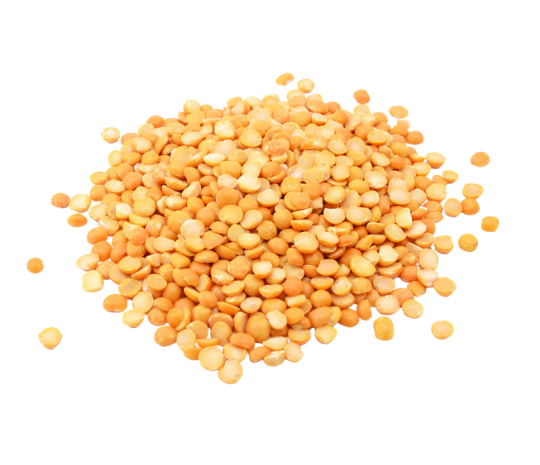Description
Autumn Lentil Blend is a seasonal colored blend including French Green, Petite Crimson, Golden, Black Beluga, Spanish Pardina and Ivory White Lentils. The color of the blend fades if cooked too long. The blend provides a mild, earthy flavor and soft texture.
To prepare: Simmer 1 cup lentils with 4 cups water 6-8 minutes for salads, 10 minutes for main dishes and 20 minutes for soups and purees, drain. Skim the water while cooking. One cup dry yields 2 cups cooked. Try them simmered in your favorite soup or stew, or baked in a covered casserole with roasted vegetables and Andoule Sausage.
The Autumn Lentil Blend is an enticing combination of lentils in a range of fall-like colors, each adding something different to the mix. While the smaller lentils thicken and add body to soups and stews, the larger lentils retain their shape and texture.
- Mixture of light to dark green, crimson and yellow
- Various shapes and sizes
- Perfect for hearty fall dishes
Lentils are shelled, lens-shaped legumes that are known for their quick-cooking nature and high protein content. The bushy, annual plant is a member of the legume family, growing about 16 inches tall with seed-producing pods. The dried seeds stored within those pods are the lentils themselves. After their dull-colored seed coat is removed, these vibrant, low-maintenance pearls are revealed to provide fast, easy cooking and quality nutrient supply. Lentils are part of a family of legumes collectively known as pulses, which also includes dried peas and sometimes chickpeas.
The lentil is one of the oldest cultivated legumes-even being mentioned in the Hebrew Bible-and is believed to be native to southwestern Asia and northern Syria. The word lentil stems from the Latin “lens.”
Unlike their cousin, the bean, lentils do not need to be soaked and therefore are much faster to cook. They are often paired with grains or rice to provide a complete protein. Rice and lentils make up the popular Indian dish “khichdi,” as well the one of the national dishes of Egypt, “kushari.” About a quarter of lentil production is from India, most of which is consumed by its domestic market.
In addition to high protein and fiber content, the lentil is also packed with iron, zinc, potassium and magnesium. Eating lentils and other pulses may help reduce the risk of heart disease, diabetes and some cancers. They are also an excellent source of folate, which is especially important during pregnancy to help prevent birth defects.
Nutrition Facts Serv. Size: 1/4 cups (48 g/1.7 oz), Servings: 8, Amount Per Serving: Calories 160, Fat Cal. 0, Total Fat 0g (0%DV), Sat. Fat 0g (0%DV), Trans Fat 0g, Cholest. 0mg (0%DV), Sodium 15mg (1%DV), Total carb. 29g (10%DV), Fiber 7g (28%DV), Sugars 2g, Protein 12g, Vitamin A (0%DV), Vitamin C (0%DV), Calcium (4%DV), Iron (15%DV). Percent Daily Values (DV) are based on a 2,000 calorie diet






Reviews
There are no reviews yet.